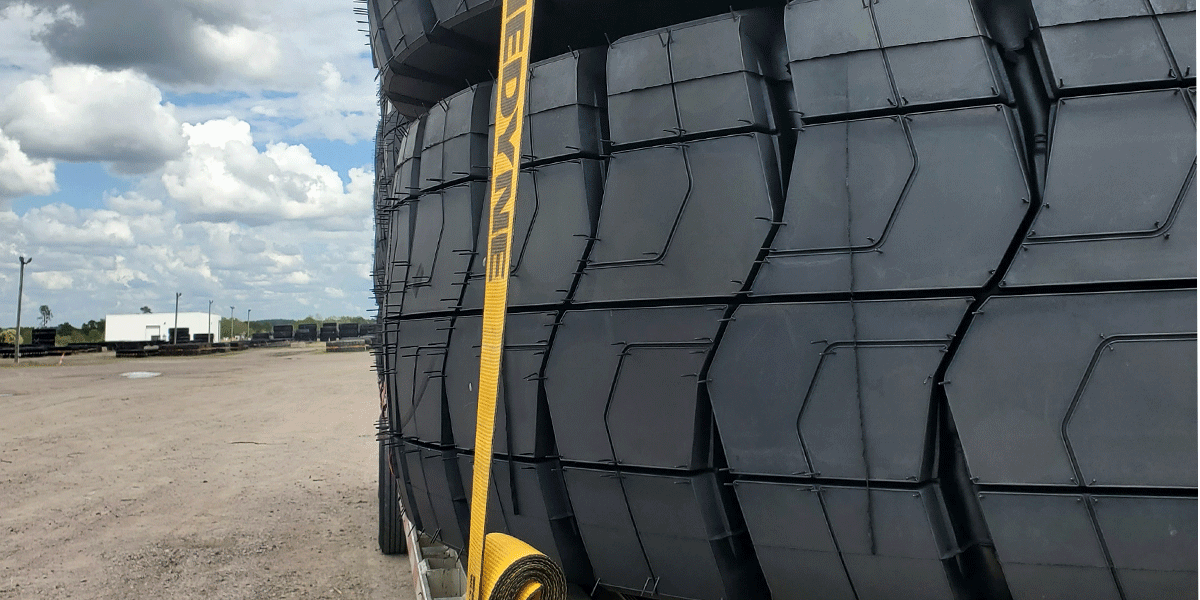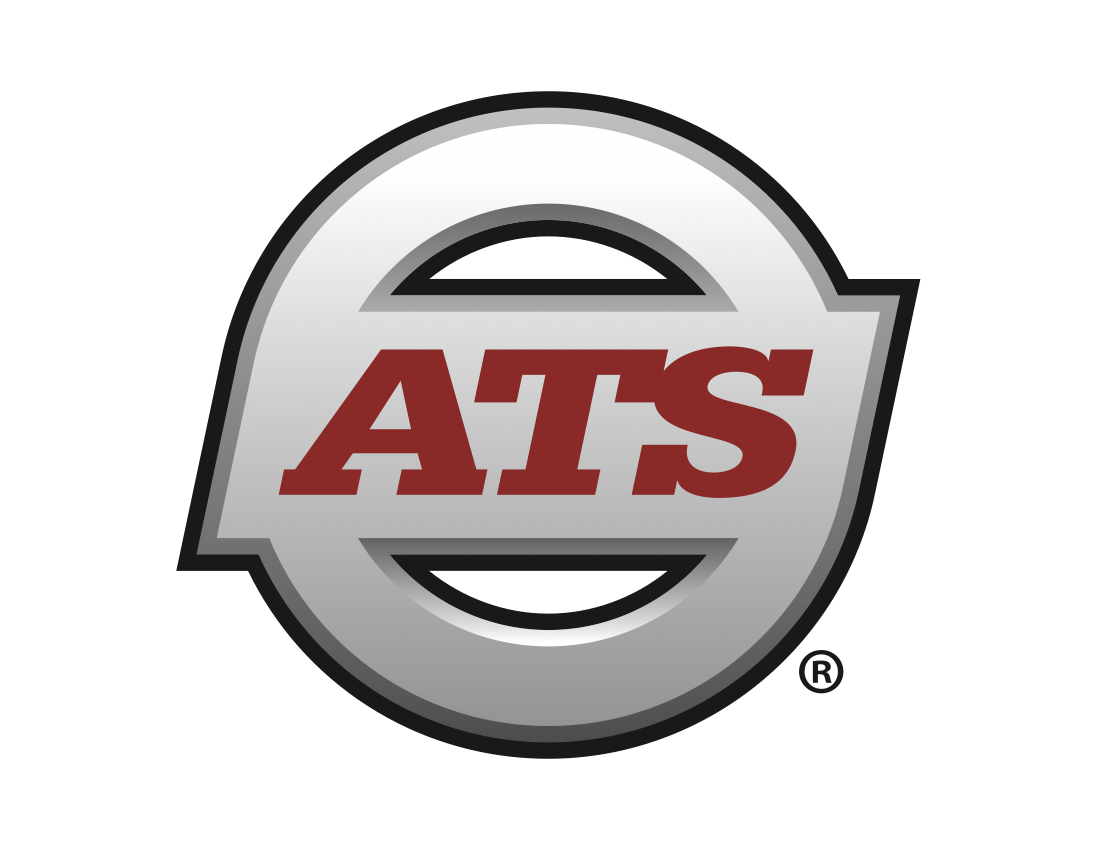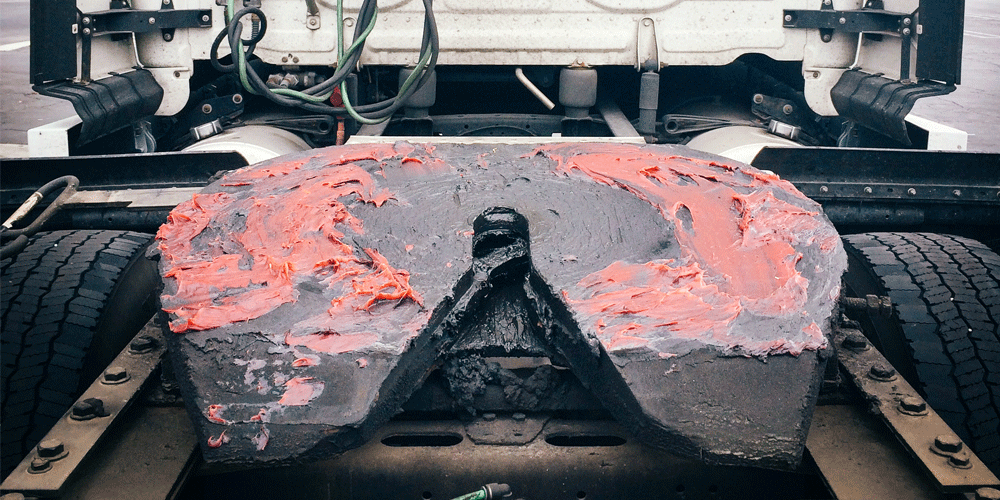DOT Roadside Inspection Tips from a Commercial Vehicle Inspector
Wondering what to expect from a roadside inspection? Not sure what officers are checking or how long it’ll take?
How about hearing that information straight from the source?
When you know what to expect, you’ll feel a lot more prepared for the job. It might take some pressure off you, too.
Being prepared and investing the proper time and energy into a pre-trip inspection can be the difference between getting a costly violation that could take you out of service and getting a clean inspection that positively impacts you and your company.
These tips come straight from seasoned commercial vehicle inspectors, who will explain why they might pull a driver over, what they’re paying close attention to, how you can sail through an inspection and what to do if you get a violation.
No more wondering what happens during an inspection!
Why Do You Pull Drivers Over?
Contrary to what some drivers may think, commercial vehicle inspectors don’t pull drivers over because they’re bored and feel like it. Drivers are pulled over for five primary reasons:
- It’s Blitz Week (an annual inspection program conducted by the U.S. Department of Transportation (USDOT)
- The company you drive for has a high Compliance, Safety and Accountability (CSA) score and Inspection Selection System (ISS) score
- Something is noticeably wrong with the truck/trailer
- A driver is noticeably violating the rules
- The state you’re driving through conducts random inspections
Drivers aren’t pulled over without probable cause (unless they’re being pulled over for a random inspection). Most often, they’re pulled over for a roadside inspection because they were caught speeding or violating another rule of the road, like talking on the phone, failing to signal or doing an improper lane change.
There could also be something noticeably wrong with the truck or trailer. For instance, maybe there’s a light out or a tire is flat.
If a carrier’s CSA score is high because the drivers on their fleet have a lot of violations, their ISS score will also be high. Think of your CSA score as a report card on how safe the company is operating. Though, unlike grade school, the higher the score, the less safe a motor carrier is operating.
Inspectors can punch in the company’s DOT number to see what the carrier’s ISS score is. If your score meets a points threshold, you’ll be more likely to be pulled over.
Related: What is an ISS score?
What Are Inspectors Looking for During a Roadside Inspection?
While there are six levels of roadside inspections, there are three that are most commonly performed on the side of the road or at a weigh station.
Level one inspections consist of a full inspection thoroughly looking over the entire truck and trailer (including going underneath it to inspect brakes and the parts underneath).
Level two inspections are the same as level one inspections except they won’t crawl under the vehicle. It’s just a walkaround. However, they will look under the hood.
Level three inspections are driver-focused only. They consist of checking paperwork, like your CDL, medical certificate, electronic logging device, permits and bill of lading (BOL). Both level one and level two inspections include the components of a level three inspection.
As far as what inspectors are looking for in general, with every level of inspection, they’re just trying to ensure the truck, trailer and driver are roadworthy and compliant with DOT regulations.
Some of the main things they focus on are lights, brakes, tires and load securements.
Basically, whatever you should check during a pre-trip inspection is what they’ll be checking during a roadside inspection. They’ll walk around the truck and check everything.
They’ll check your tires for wear, proper tread depth and proper inflation. They’ll thump them or put a gauge on the tires. They’ll look to see that the lug nuts are tight and there's no damage (like rust) that can indicate a potential problem.
They’ll check the brakes for adjustments and functionality and they’ll check all parts and pieces of your brake system. They’ll make sure every required light is working too. They’ll also make sure your loads are secured properly.
If you did your pre-trip, you should have nothing to worry about.
Related: Learn more about the six types of roadside inspections
What Are Commercial Vehicle Inspectors Catching the Most During Roadside Inspections?
There isn’t any one violation drivers are most often caught for. There can be a wide array of issues on the truck or trailer. That’s why it’s important to always complete your pre- and post-trip inspections. A good pre-trip should take you at least 15 to 20 minutes; you shouldn’t rush a pre-trip inspection and complete it in two.
However, there are a few things that are really easy to check; you shouldn’t ever get a violation in these areas.
Inspectors do often come across brakes out of adjustment and bad tires that are worn out or deflated. They see a lot of inoperative lights, including brake lights, tail lights, marker lights, turn signals and so on.
It’s very easy to check your lights to ensure they’re working. (If you’re concerned about checking your brake lights, you can do so by putting a heavy object on the brakes and getting out of the cab to check the brake lights.)
It’s also easy to check your tires to make sure they’re the proper tread depth and pressure. However, countless drivers get caught with a light out or a bad tire every day. For perspective, in 2022 there were 109,386 violations of a flat tire noted during roadside inspections across the country.
Again, if you’re doing a thorough pre-trip inspection, you shouldn’t be receiving violations.
What Should Drivers Expect During a Roadside Inspection?
It’s understandable to feel nervous if you get pulled over for an inspection. But as long as you’ve done your job, there’s nothing to worry about. An inspector should never be rude to you; they’re just trying to do their jobs, too.
Commercial vehicle inspectors advise you to sit calmly in your seat and prepare to answer questions. Don’t jump out of the vehicle.
Keep your seatbelt on and keep your hands resting on the steering wheel. Wait for the inspector to approach the vehicle.
Listen carefully and follow their directions. They may need you to turn on your turn signals and lights or open your hood. If they’re going too fast, ask them to slow down. They’ll walk you through the whole process.
They’ll treat you with respect and hope you do the same for them.
How Long Does a Roadside Inspection Take?
An inspection usually takes roughly an hour to complete. If it’s a lower-level inspection, it won’t take as long.
For example, a level two inspection, where inspectors don’t have to go underneath the vehicle, takes around 30 minutes to 45 minutes. A level three inspection can take as little as 15 minutes.
If there are a ton of defects and deficiencies, it’ll take longer. For instance, a truck or trailer with countless violations can take a couple of hours to inspect.
How Can I Pass An Inspection?
The best way to pass an inspection is to follow the rules and always do your pre-trip inspections. Remember to document your violations so your carrier can correct them.
Check everything on your truck and trailer. Don’t skip inspecting something because you’re tired and don’t feel like it. It doesn’t paint a good picture if you end up with multiple violations after an inspection but your pre-trip inspection report didn’t document any issues.
Don’t just tap your tires. Thump them hard enough to note the pressure difference and properly look at them to see if there’s any damage on them. Put a gauge on to monitor tire pressure if you think there’s an issue with a particular tire; check for proper tread depth and look around the circumference of the tire (not just the top).
If you suspect something is wrong, investigate further. If you think a part is going bad or isn’t working properly, don’t just leave it. When in doubt, rely on your carrier to explain how the part should work and function; they can help you determine if you need to have the part looked at before you can drive again.
A good pre-trip inspection should take you around 15 to 20 minutes. You should also do a thorough post-trip inspection when you’re done driving for the day.
What If I Don’t Pass An Inspection?
When officers finish their inspection, they’ll write up a report with any violations you may have. Critical inspection items are items that have the potential to place you out of service.
Once finished with the report, they take the time to explain to you what items need to be corrected. If needed, the inspector can talk to the mechanic or the trucking company to explain the issue.
If you’re placed out of service, you obviously can’t drive away and you also can’t stay parked on the side of the road. Inspectors may escort you to a shop or a safe place to get the fix taken care of. However, if you’re parked in a safe location and you can stay parked there, they likely won’t escort you.
Do Your Pre-Trip Right Every Time
Hopefully, the inspection process feels a little less intimidating for you and you know exactly what to expect.
Drivers have an incredibly important job. You bring all of our goods and services to the public and inspectors appreciate that. They’re just trying to make sure your truck and trailer can transport you safely. You take care of us, and inspectors take care of you.
As long as you do a thorough pre-trip inspection and carry all the correct paperwork, you should pass every inspection without any violations. Of course, sometimes a light does burn out after you do your pre-trip, but that doesn’t happen often.
For a list of every item you should check during a pre-trip inspection, check out these pre-trip inspection tips.




